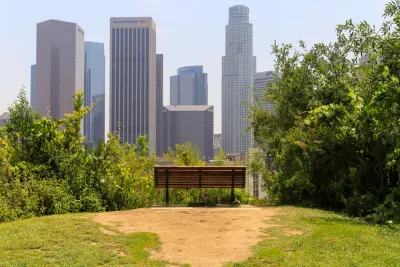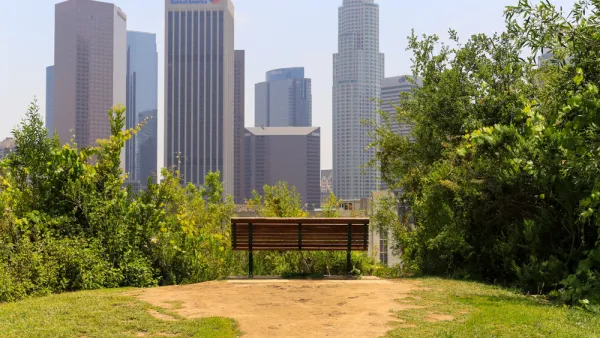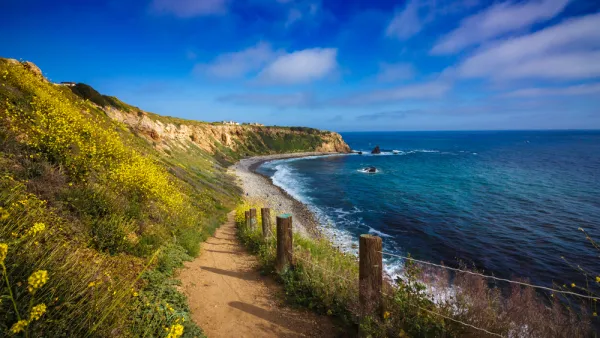This approach makes sense because parks are not isolated spaces, and park planning cannot be done effectively or holistically without considering the social, economic, physical, and political context in which parks are located.

Have you heard of "intersectional planning" as it relates to parks and recreation? Essentially, the term refers to "the integration between planning for green spaces and for other elements, such as transportation, housing, and water management," and is an approach that recognizes "parks and open space as closely connected with their neighborhoods and rely on community-driven plans to meet the diverse needs of stakeholders" (Jennings, et al. 2019).
In this article, Los Angeles County planner Clement Lau argues that park planners must think beyond park boundaries, see the big picture, and plan with interconnections in mind. Specifically, Lau focuses on the unincorporated community of West Athens-Westmont and explains how planning for parks relates to other quality of life issues like safety, land use, and transportation which affect how and whether residents travel to and use existing and future parks. This important work ties in with the 10-Minute Walk Campaign, which is a nationwide movement to ensure that everyone has safe access to a quality park within a 10-minute walk and is explained in a previous post, "A 10-Minute Walk to A Park for Your Health and Well-Being." For an overview of park planning and implementation efforts in West Athens-Westmont, also check out this video.
Reference:
Jennings V, Browning M, Rigolon, A (2019) Urban Green Spaces: Public Health and Sustainability in the United States. Springer, Switzerland.
FULL STORY: An Intentional Collision: An intersectional approach to park planning

National Parks Layoffs Will Cause Communities to Lose Billions
Thousands of essential park workers were laid off this week, just before the busy spring break season.

Retro-silient?: America’s First “Eco-burb,” The Woodlands Turns 50
A master-planned community north of Houston offers lessons on green infrastructure and resilient design, but falls short of its founder’s lofty affordability and walkability goals.

Delivering for America Plan Will Downgrade Mail Service in at Least 49.5 Percent of Zip Codes
Republican and Democrat lawmakers criticize the plan for its disproportionate negative impact on rural communities.

Test News Post 1
This is a summary

Test News Headline 46
Test for the image on the front page.

Balancing Bombs and Butterflies: How the National Guard Protects a Rare Species
The National Guard at Fort Indiantown Gap uses GIS technology and land management strategies to balance military training with conservation efforts, ensuring the survival of the rare eastern regal fritillary butterfly.
Urban Design for Planners 1: Software Tools
This six-course series explores essential urban design concepts using open source software and equips planners with the tools they need to participate fully in the urban design process.
Planning for Universal Design
Learn the tools for implementing Universal Design in planning regulations.
EMC Planning Group, Inc.
Planetizen
Planetizen
Mpact (formerly Rail~Volution)
Great Falls Development Authority, Inc.
HUDs Office of Policy Development and Research
NYU Wagner Graduate School of Public Service





























